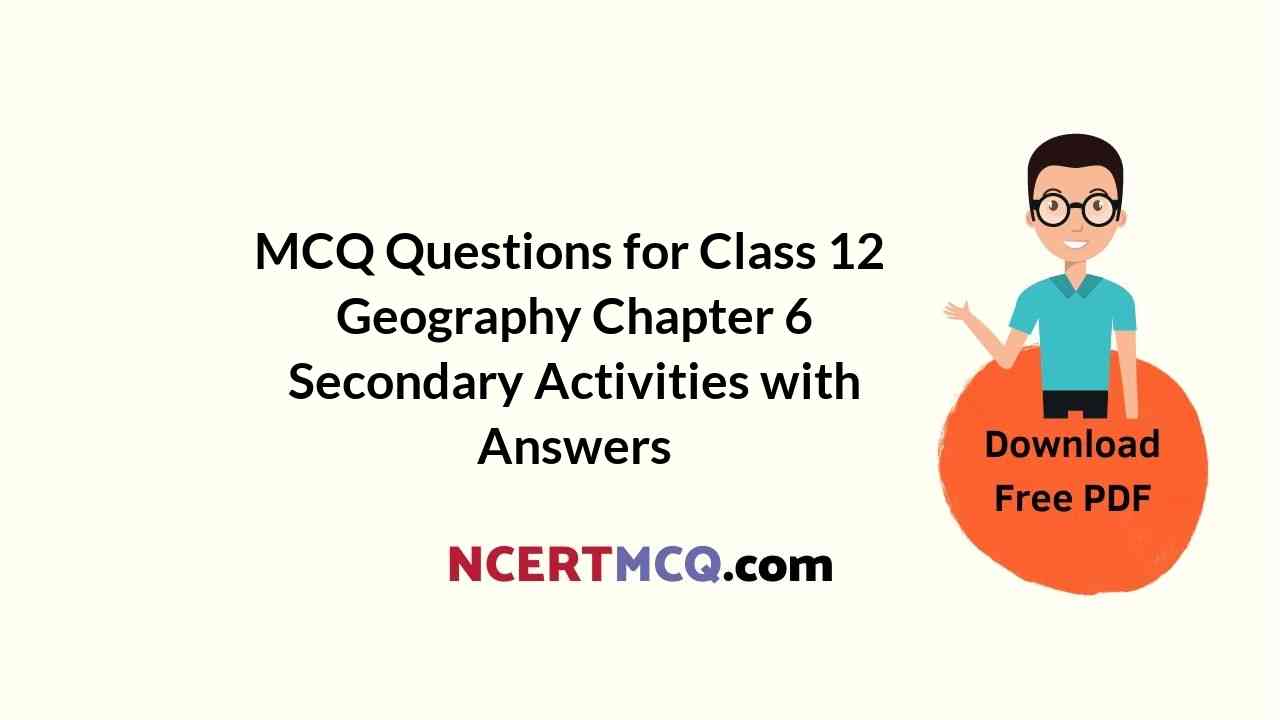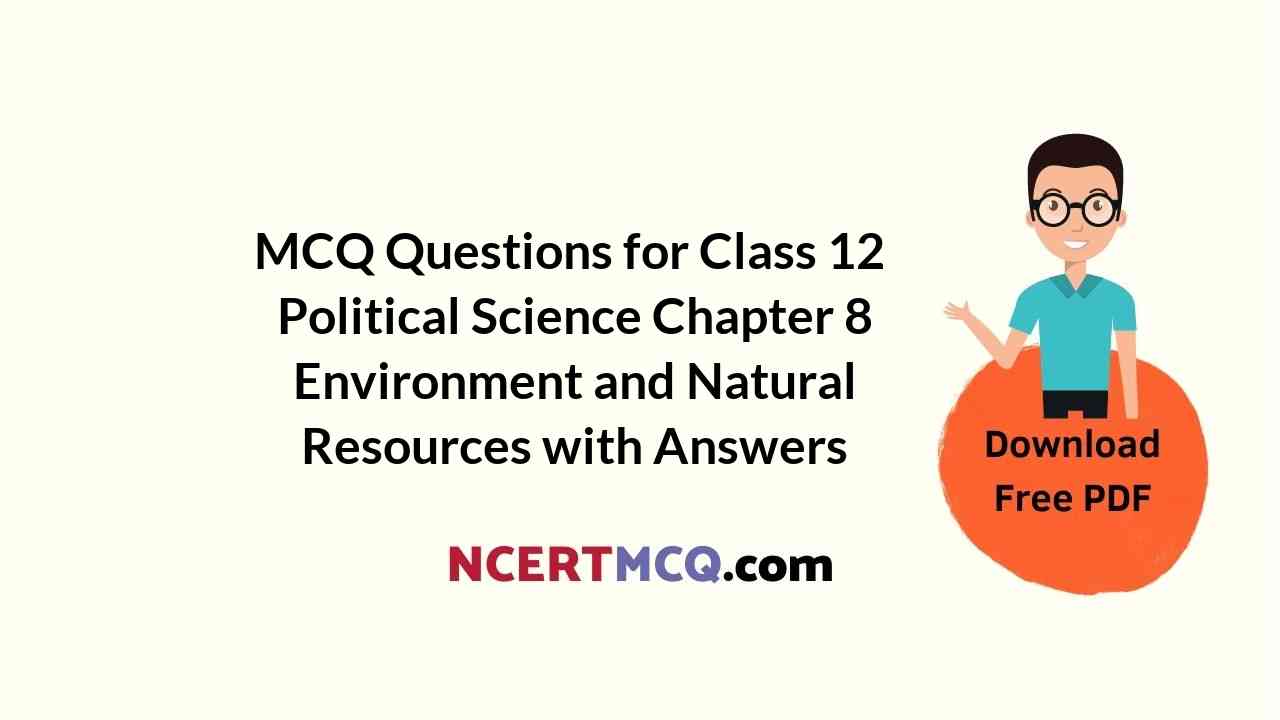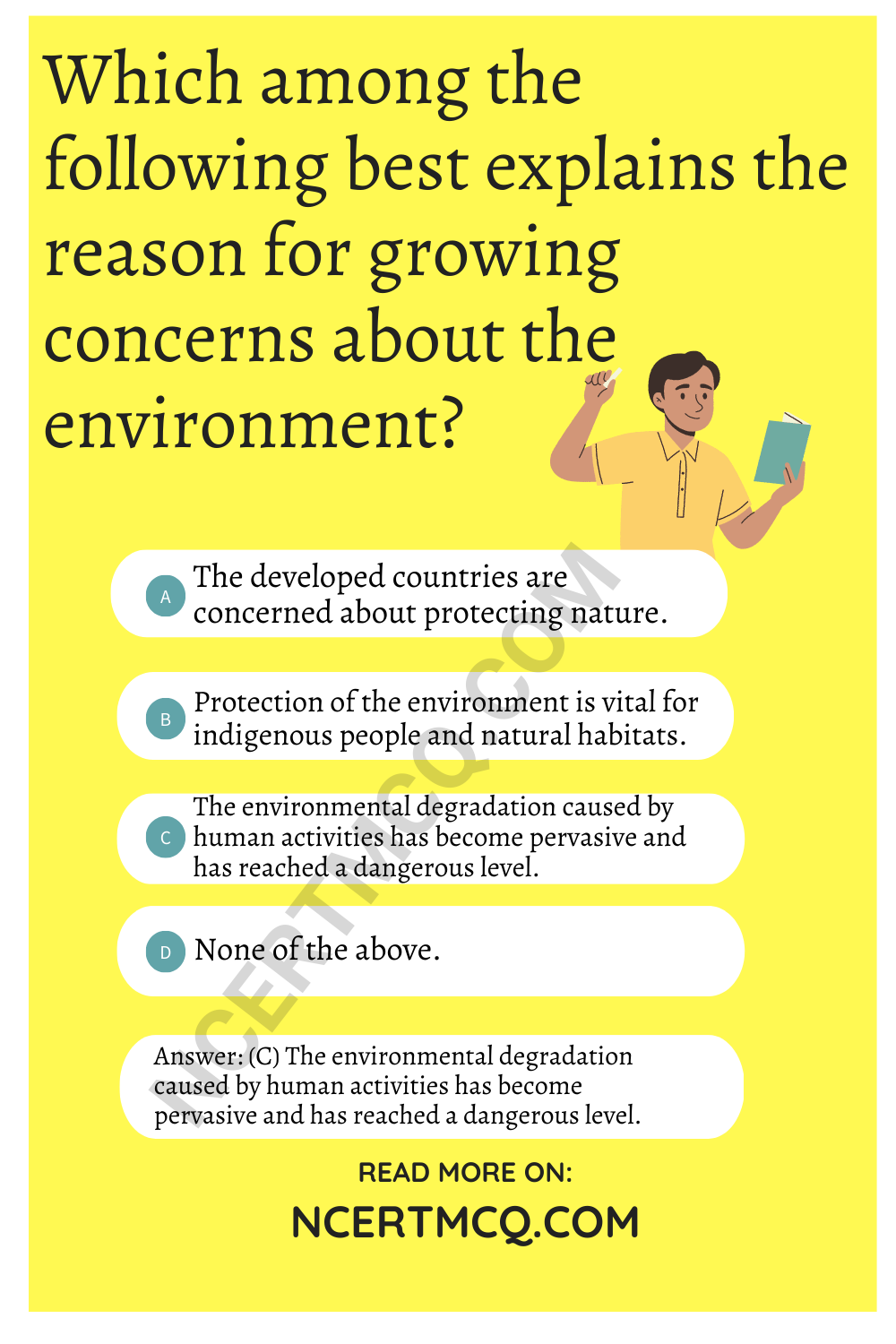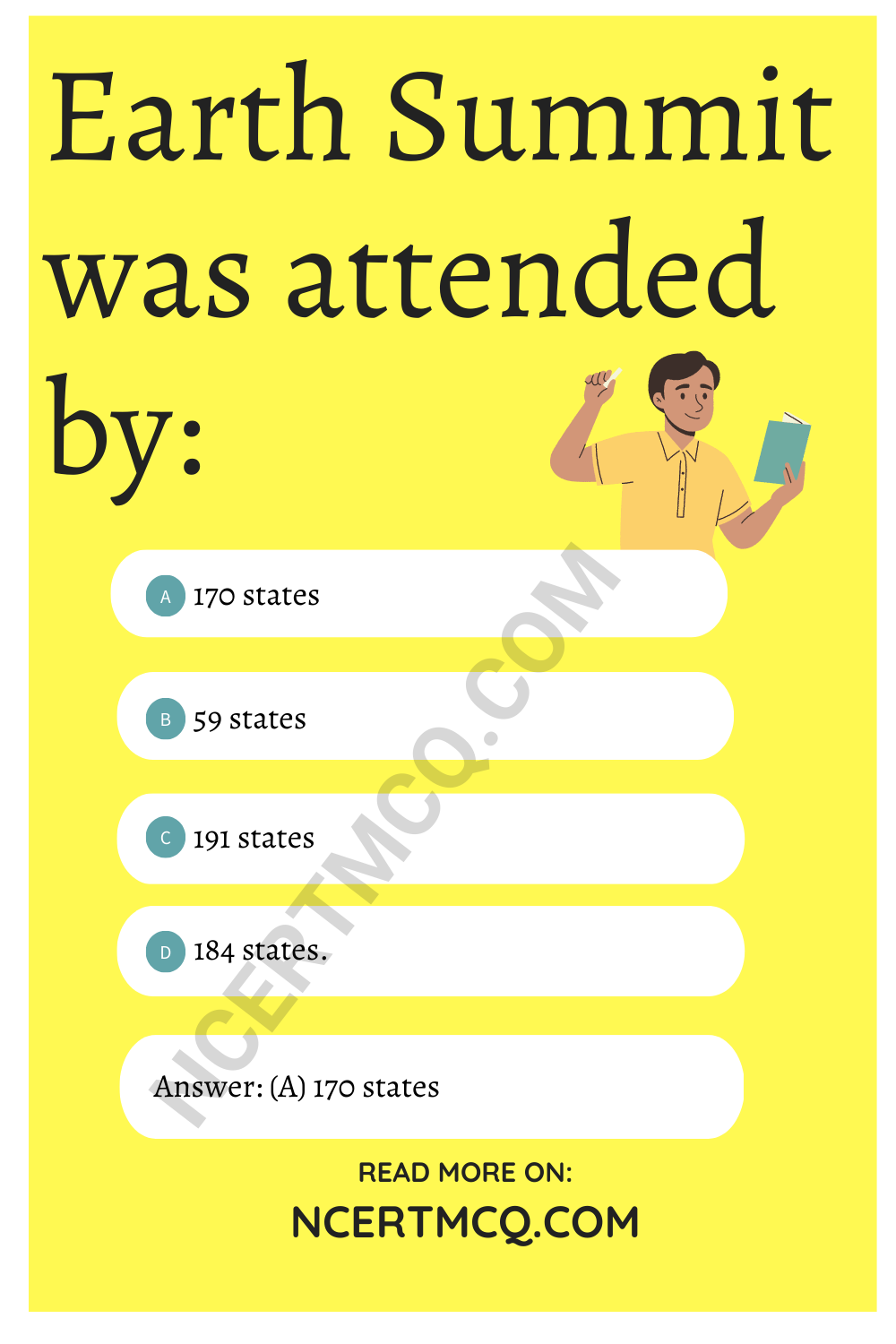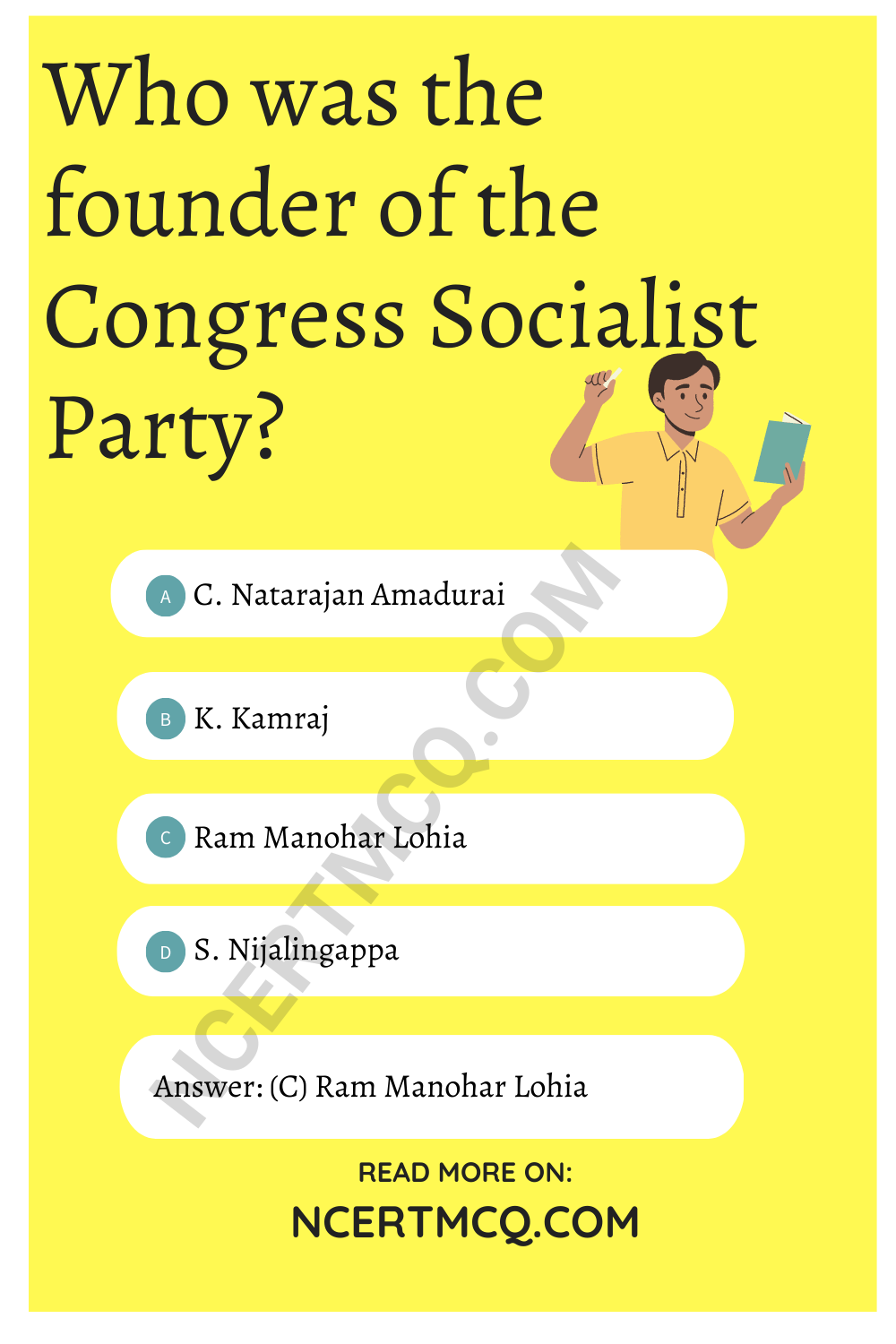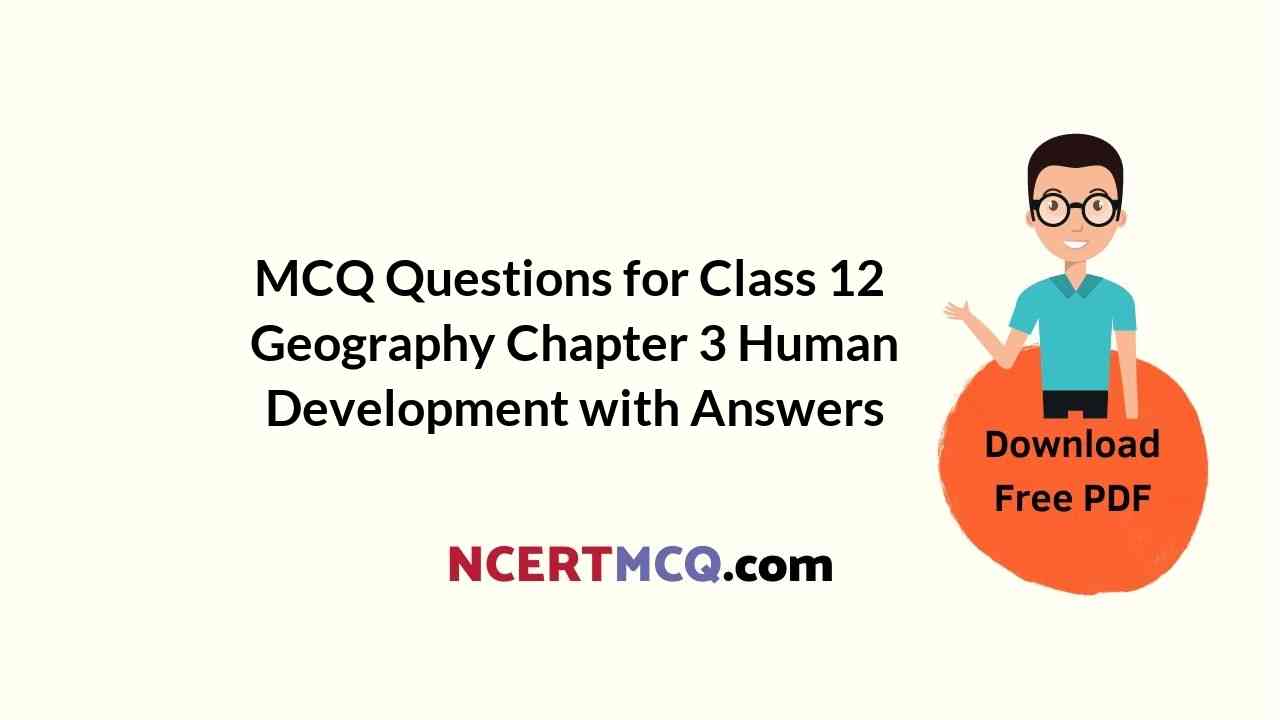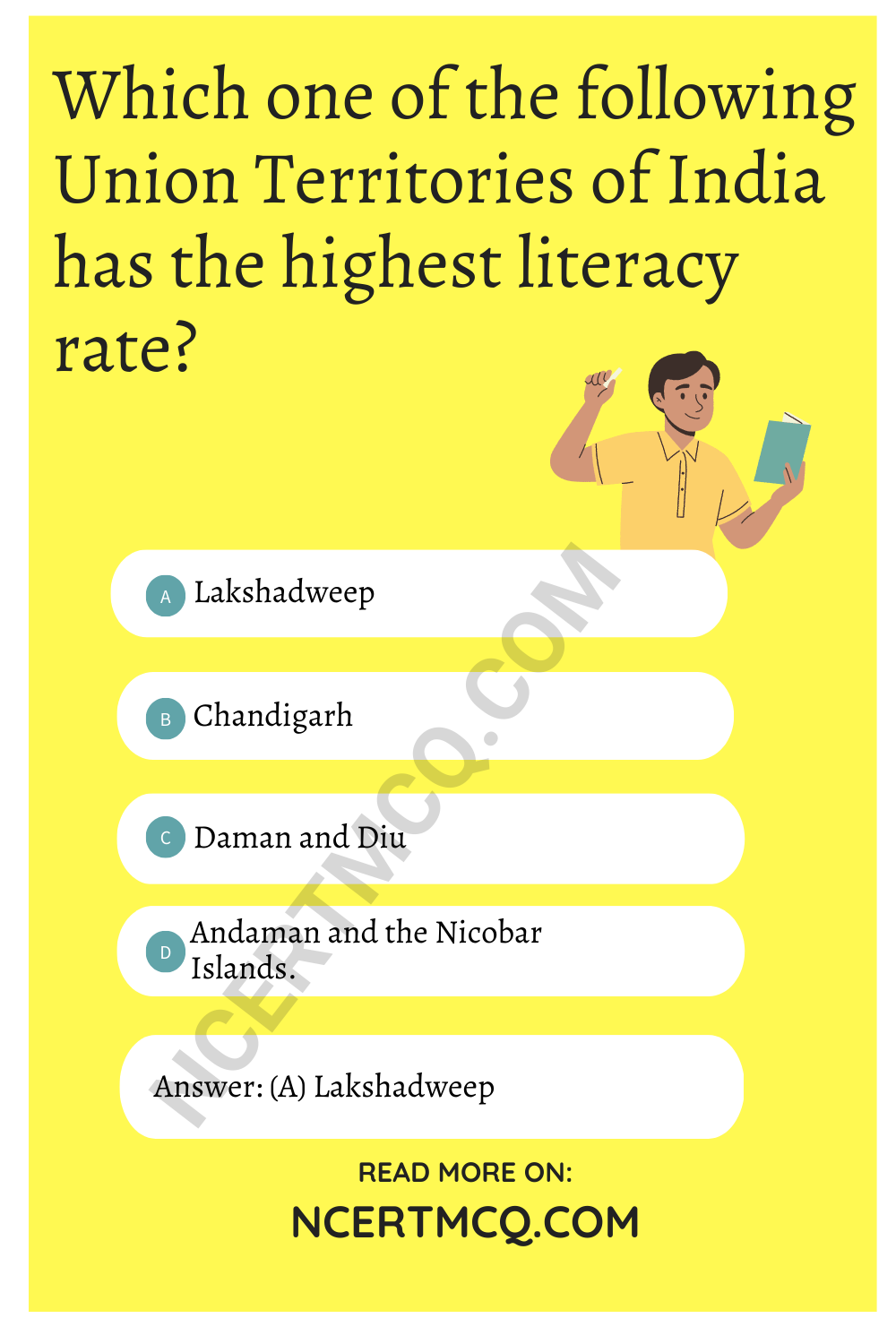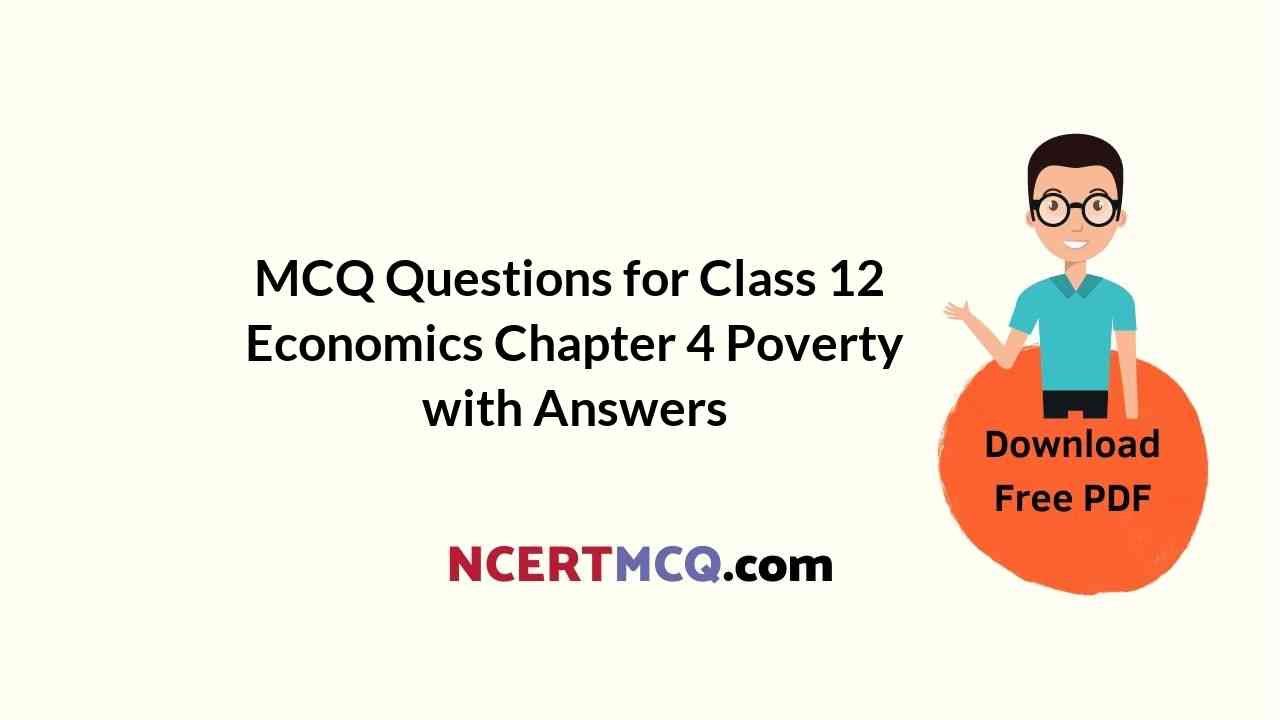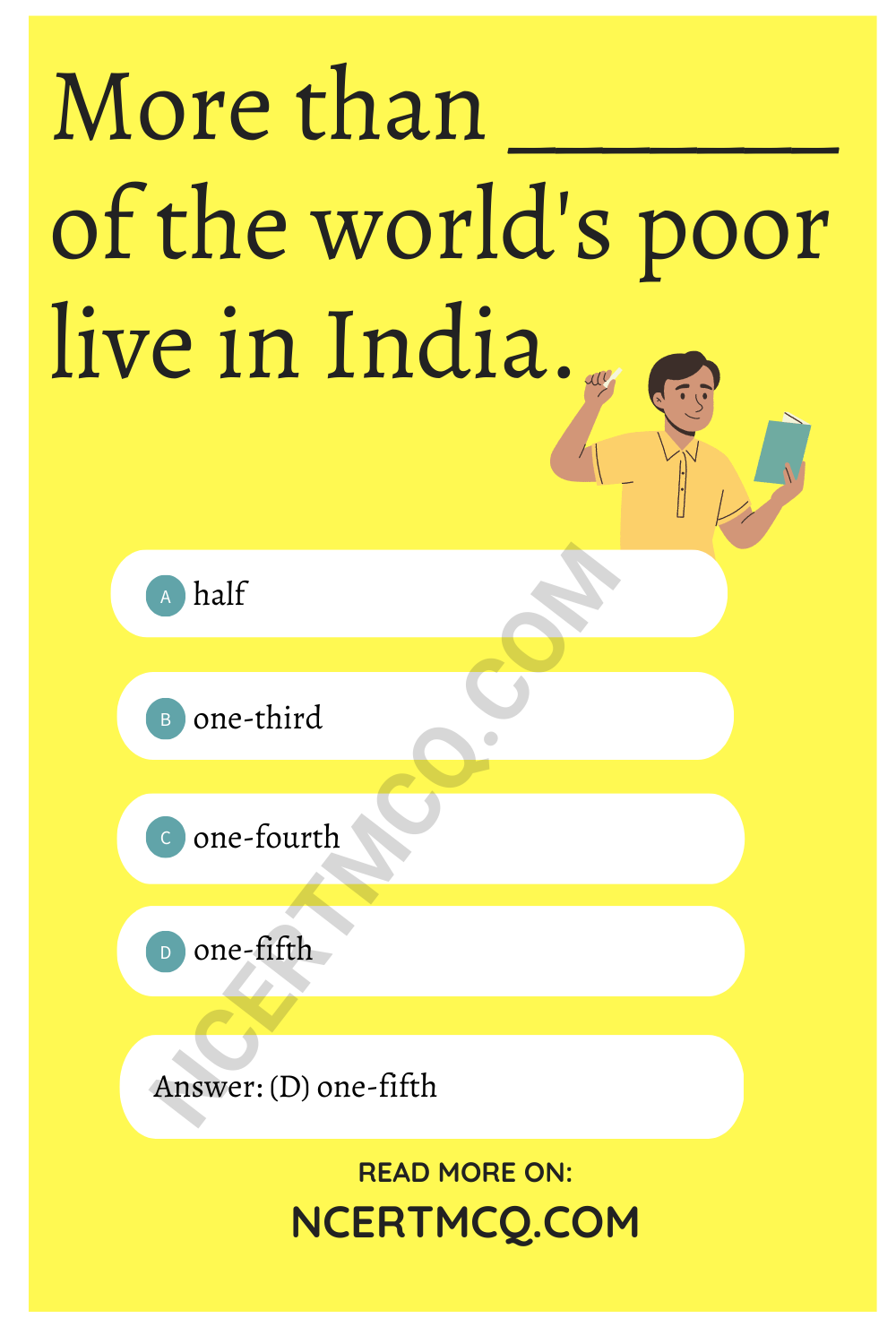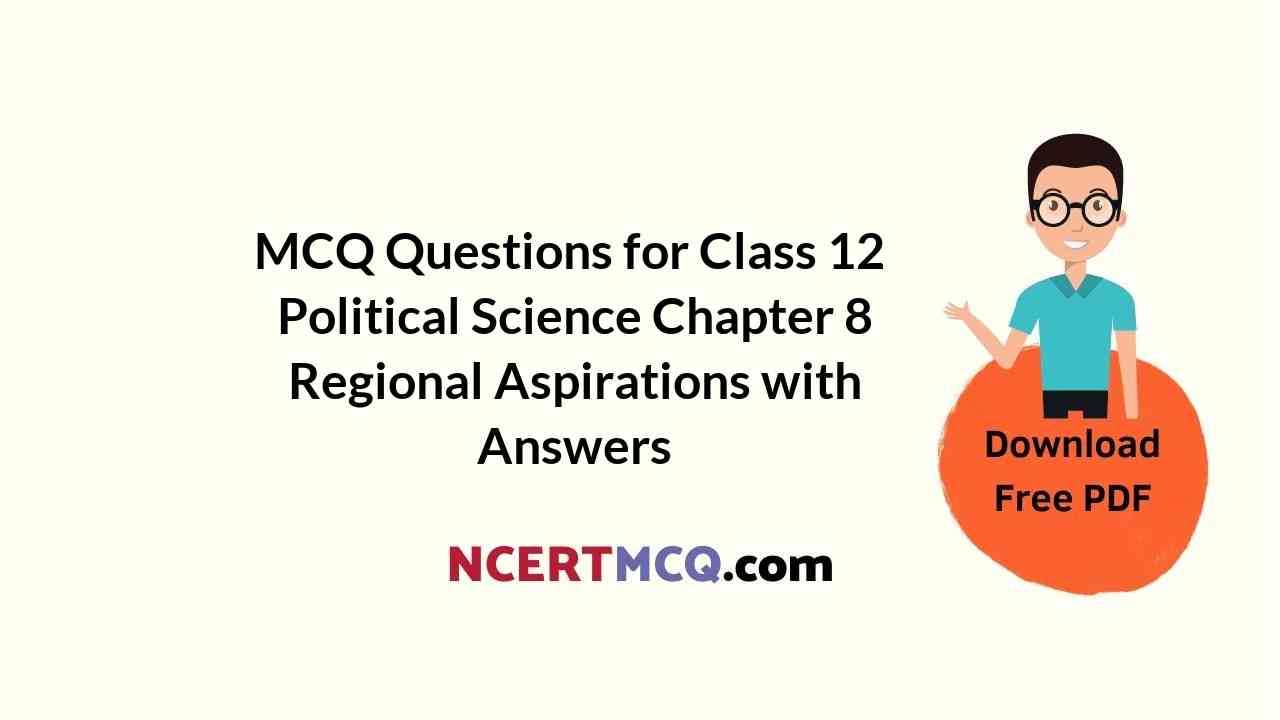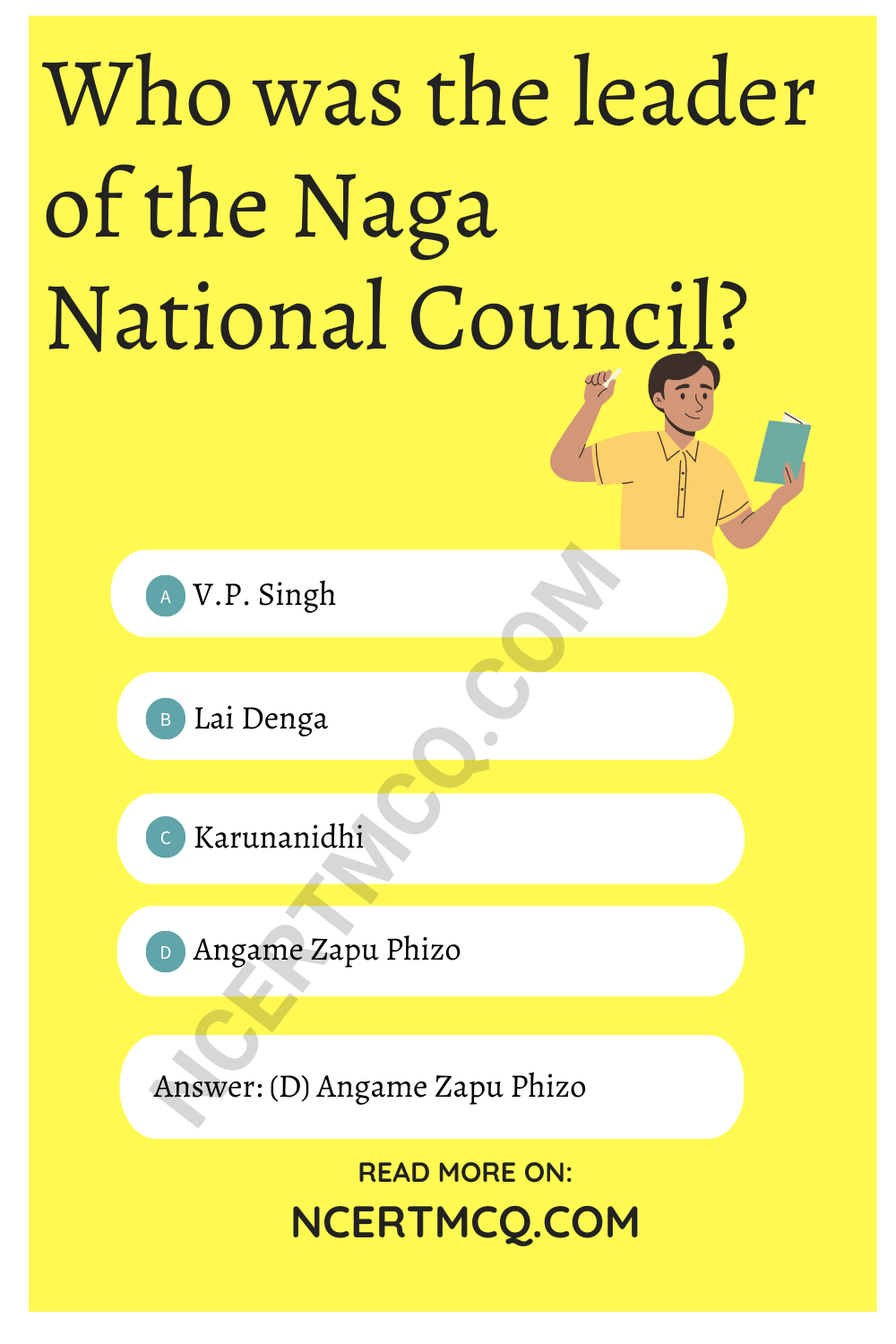Check the below NCERT MCQ Questions for Class 12 Economics Chapter 3 Liberalisation, Privatisation and Globalisation: An Appraisal with Answers Pdf free download. MCQ Questions for Class 12 Economics with Answers were prepared based on the latest exam pattern. We have provided Liberalisation, Privatisation and Globalisation: An Appraisal Class 12 Economics MCQs Questions with Answers to help students understand the concept very well.
Class 12 Economics Chapter 3 Liberalisation, Privatisation and Globalisation: An Appraisal MCQ With Answers
Economics Class 12 Chapter 3 MCQs On Liberalisation, Privatisation and Globalisation: An Appraisal
I. Choose the correct alternative.
Liberalisation Privatisation And Globalisation Class 12 MCQ Question 1.
In which year did India adopt the economic reforms?
(A) 1991
(B) 1993
(C) 1998
(D) 2001
Answer
Answer: (A) 1991
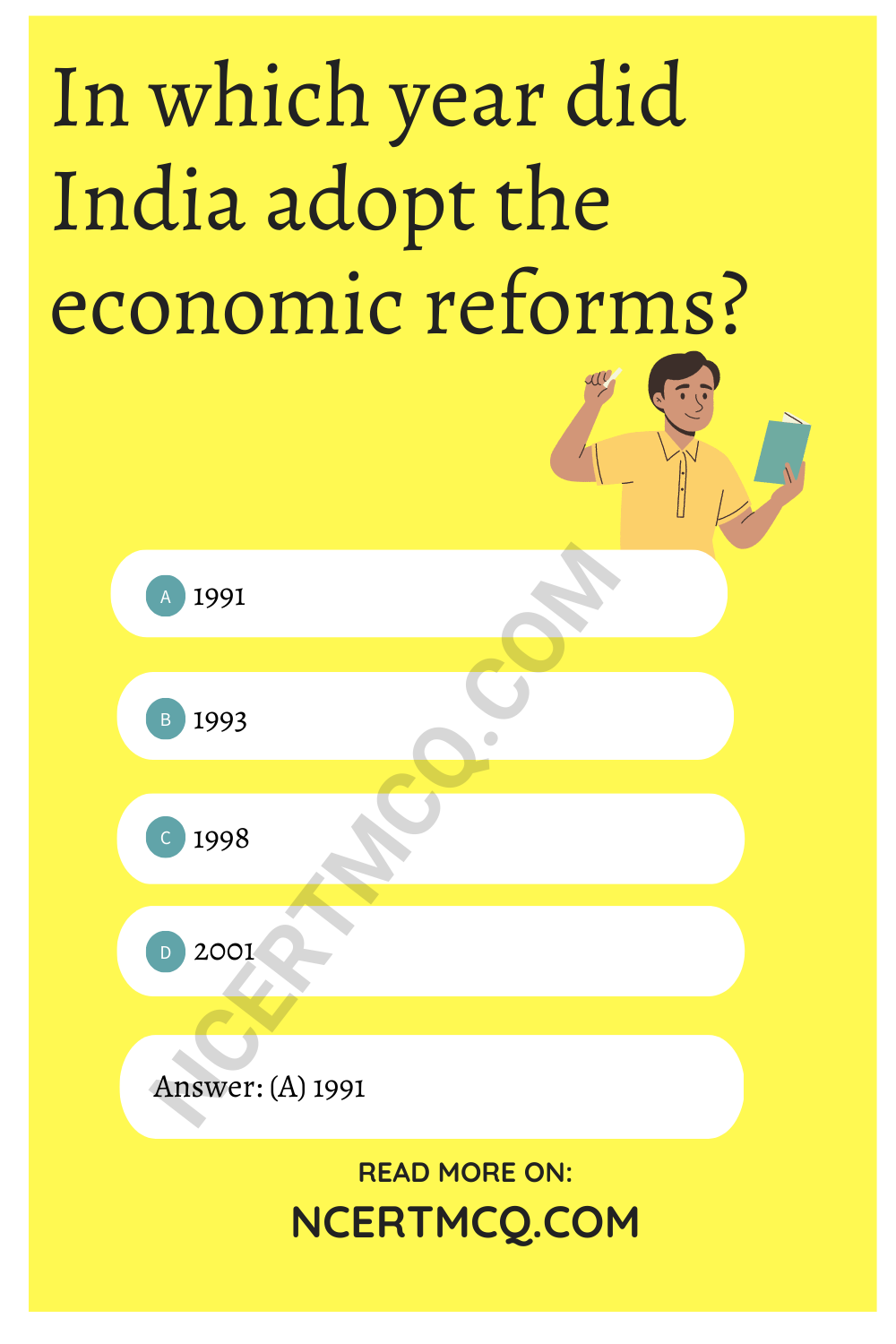
Liberalisation Privatisation Globalisation Class 12 MCQ Question 2.
Why there was a need for economic reforms in India?
(A) Due to fiscal deficit
(B) Due to adverse BOP
(C) Rise in prices
(D) All of the above
Answer
Answer: (D) All of the above
Liberalisation Privatisation And Globalisation MCQ Question 3.
When did the Gulf Crisis take place?
(A) 1985
(B) 1990-91
(C) 1995
(D) 1975
Answer
Answer: (B) 1990-91
Chapter 3 Indian Economy Class 12 MCQ Question 4.
How much loan was provided by World Bank and IMF during the nineties to bail India out of the crisis?
(A) $10 million
(B) $10 billion
(C) $7 billion
(D) $20 billion
Answer
Answer: (C) $7 billion
MCQ Of Liberalisation Privatisation And Globalisation Question 5.
What is the main feature of New Economic Policy?
(A) Liberalisation
(B) Privatisation
(C) Globalisation
(D) All of the above
Answer
Answer: (D) All of the above
MCQ On Liberalization, Privatization And Globalization Pdf Question 6.
For how many industries, licensing is still necessary?
(A) 7
(B) 6
(C) 9
(D) 10
Answer
Answer: (B) 6
MCQ On Liberalization, Privatization And Globalization Class 12 Question 7.
How many industries are entirely reserved for the public sector?
(A) 6
(B) 10
(C) 2
(D) 4
Answer
Answer: (C) 2
Liberalisation, Privatisation And Globalisation MCQ Question 8.
What is the investment limit in small scale industries?
(A) 50 lakh
(B) 1 crore
(C) 25 lakh
(D) 75 crore
Answer
Answer: (B) 1 crore
Ch 3 Indian Economy Class 12 MCQ Question 9.
When was VAT introduced in most of the States of India?
(A) 1995
(B) 2001
(C) 2005
(D) 2006
Answer
Answer: (C) 2005
MCQ On Liberalization Privatization And Globalization Class 12 Question 10.
How many countries are the members of WTO?
(A) 164
(B) 120
(C) 96
(D) 48
Answer
Answer: (A) 164
Liberalization Privatization And Globalization MCQ Question 11.
When was WTO established?
(A) 1996
(B) 1998
(C) 2000
(D) 1995
Answer
Answer: (D) 1995
Liberalisation Privatisation Globalisation MCQ Question 12.
Where is the headquarters of WTO located?
(A) Italy
(B) Geneva
(C) New York
(D) Washington
Answer
Answer: (B) Geneva
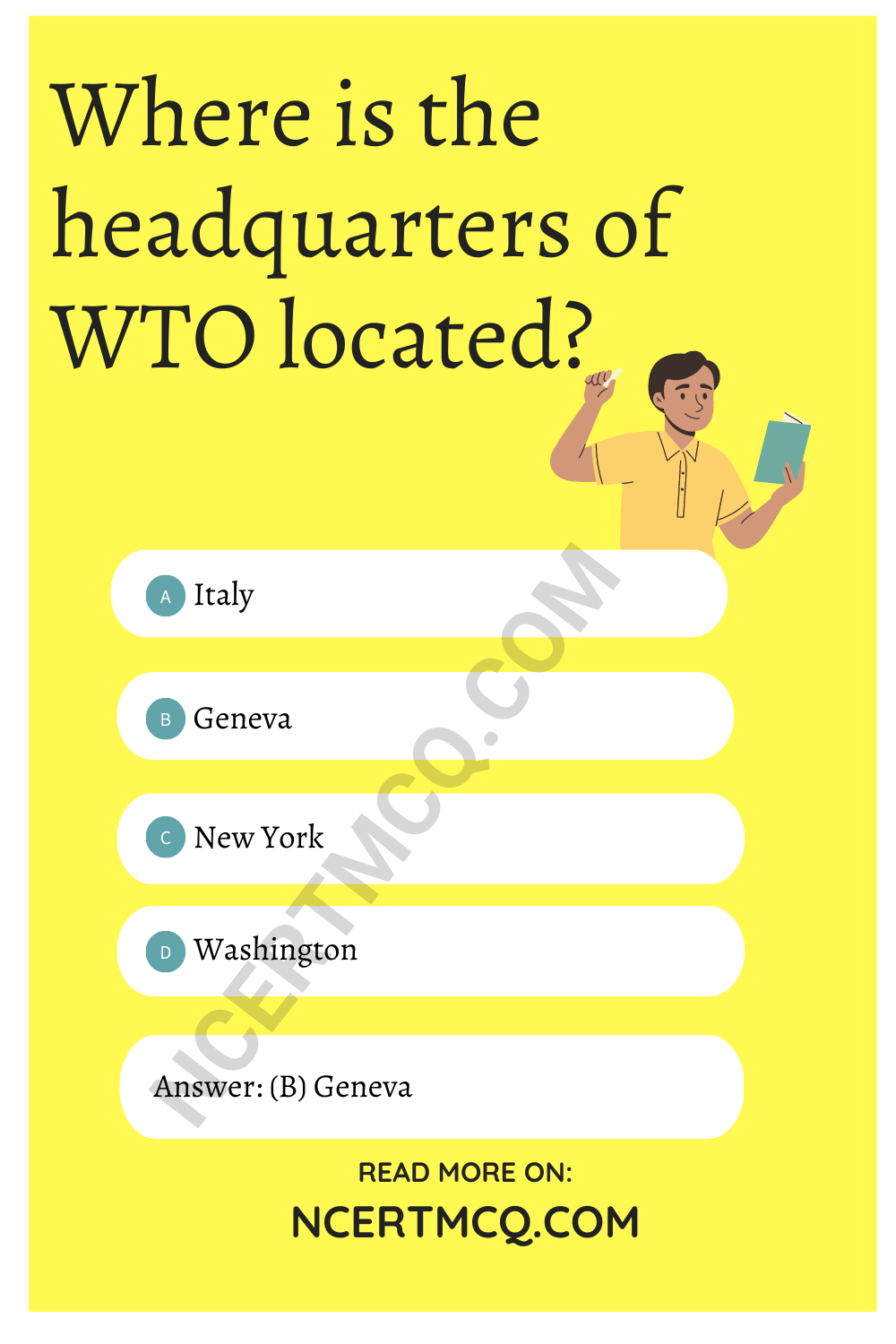
II. Fill in the blanks with the correct answer.
Liberalisation, Privatisation And Globalisation Class 12 MCQ Question 1.
India met with an economic crisis in 1991 as it failed to repay its _______ from abroad.
Answer
Answer: borrowings
MCQs On Liberalisation Privatisation And Globalisation Question 2.
_______ is the excess of expenditure (borrowings) over income.
Answer
Answer: Deficit
Economic Reforms Class 12 MCQ Question 3.
To overcome the crisis, India approached IMF and World Bank for _________
Answer
Answer: loan
Class 12 Liberalisation Privatisation And Globalisation MCQ Question 4.
Economic reforms refer to all those measures that aim at rendering the economy more efficient, competitive and _________
Answer
Answer: developed
MCQ Questions For Class 12 Liberalization Privatization And Globalization Question 5.
Fiscal policy refers to the revenue and expenditure policy of the government to achieve _______ development in the economy.
Answer
Answer: balanced
Class 12 Economics Liberalisation Privatisation And Globalisation MCQ Question 6.
Financial sectors were allowed to take decisions on various matters, without consulting ________
Answer
Answer: RBI
Question 7.
Trade policy reforms led to the removal of export duties to ________ India’s competitive position.
Answer
Answer: increase
Question 8.
India has become an important destination for global ______ since the reforms.
Answer
Answer: outsourcing
Question 9.
Trade between two countries is called ________ trade.
Answer
Answer: bilateral
Question 10.
The industrial sector has experienced _______ in growth pattern.
Answer
Answer: fluctuations
III. State whether the following statements are true or false.
Question 1.
Despite efficient management of the Indian economy, India faced an economic crisis in 1991.
Answer
Answer: False
Question 2.
The crisis led to a rise in the prices of essential goods.
Answer
Answer: True
Question 3.
Reserve Bank of India announced New Economic Policy as a condition to support the Indian economy.
Answer
Answer: False
Question 4.
Opening up the economy by removing restrictions on the private sector is called globalisation.
Answer
Answer: False
Question 5.
Industrial licensing was abolished on all products except on those which were important from a profit point of view.
Answer
Answer: False
Question 6.
The rupee was devalued to resolve the balance of payments crisis.
Answer
Answer: True
Question 7.
A fixed exchange rate system was adopted to avoid rigidity in the foreign exchange market.
Answer
Answer: False
Question 8.
Private ownership is capable of utilising capital and other resources more efficiently.
Answer
Answer: True
Question 9.
GATT is the successor to the WTO.
Answer
Answer: False
Question 10.
Opening up the economy resulted in a rapid increase in FDI and foreign exchange reserves.
Answer
Answer: True
IV. Match the following.
Question 1.
| Column-I | Column-II |
| 1. Economic Reforms | (A) 1995 |
| 2. Gulf Crisis | (B) 2005 |
| 3. WTO | (C) 1990-91 |
| 4. VAT | (D) 1991 |
| 5. GATT | (E) 1948 |
| 6. Liberalisation | (F) Sale of public sector shares |
| 7. Privatisation | (G) Abolition of licensing |
| 8. Globalisation | (H) Integration of domestic economy with rest of the world |
| 9. GST | (I) Stripping a currency unit |
| 10. Demonetization | (J) An indirect tax |
Answer
Answer:
| Column-I | Column-II |
| 1. Economic Reforms | (D) 1991 |
| 2. Gulf Crisis | (C) 1990-91 |
| 3. WTO | (A) 1995 |
| 4. VAT | (B) 2005 |
| 5. GATT | (E) 1948 |
| 6. Liberalisation | (G) Abolition of licensing |
| 7. Privatisation | (F) Sale of public sector shares |
| 8. Globalisation | (H) Integration of domestic economy with rest of the world |
| 9. GST | (J) An indirect tax |
| 10. Demonetization | (I) Stripping a currency unit |
We hope the given NCERT MCQ Questions for Class 12 Economics Chapter 3 Liberalisation, Privatisation and Globalisation: An Appraisal with Answers Pdf free download will help you. If you have any queries regarding CBSE Class 12 Economics Liberalisation, Privatisation and Globalisation: An Appraisal MCQs Multiple Choice Questions with Answers, drop a comment below and we will get back to you soon.
Class 12 Economics Indian Economic Development with Answers MCQ:
- Indian Economy on the Eve of Independence Class 12 MCQ
- Indian Economy 1950-1990 Class 12 MCQ Questions
- Liberalisation, Privatisation and Globalisation: An Appraisal Class 12 MCQ
- Poverty Class 12 MCQ
- Human Capital Formation in India Class 12 MCQ
- Rural Development Class 12 MCQ
- Employment: Growth, Informalisation and Other Issues Class 12 MCQ
- Infrastructure Class 12 MCQ
- Environment and Sustainable Development Class 12 MCQ
- Comparative Development Experiences of India and its Neighbours Class 12 MCQ
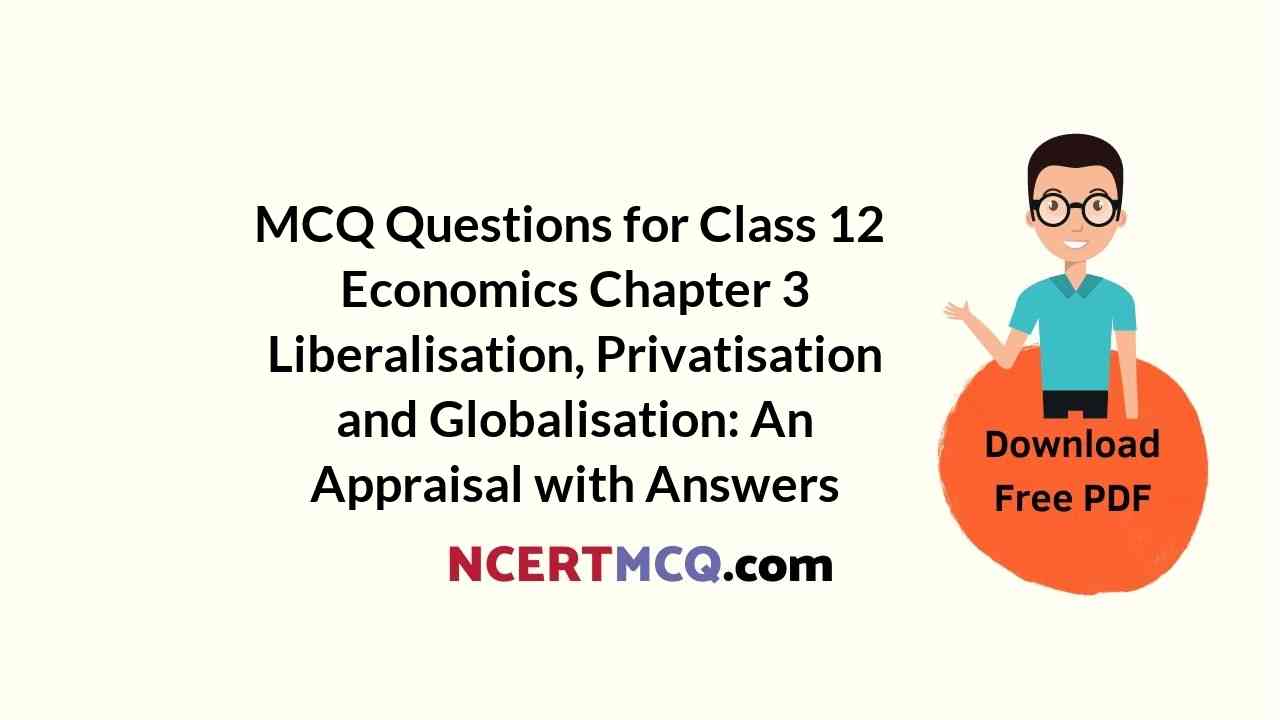


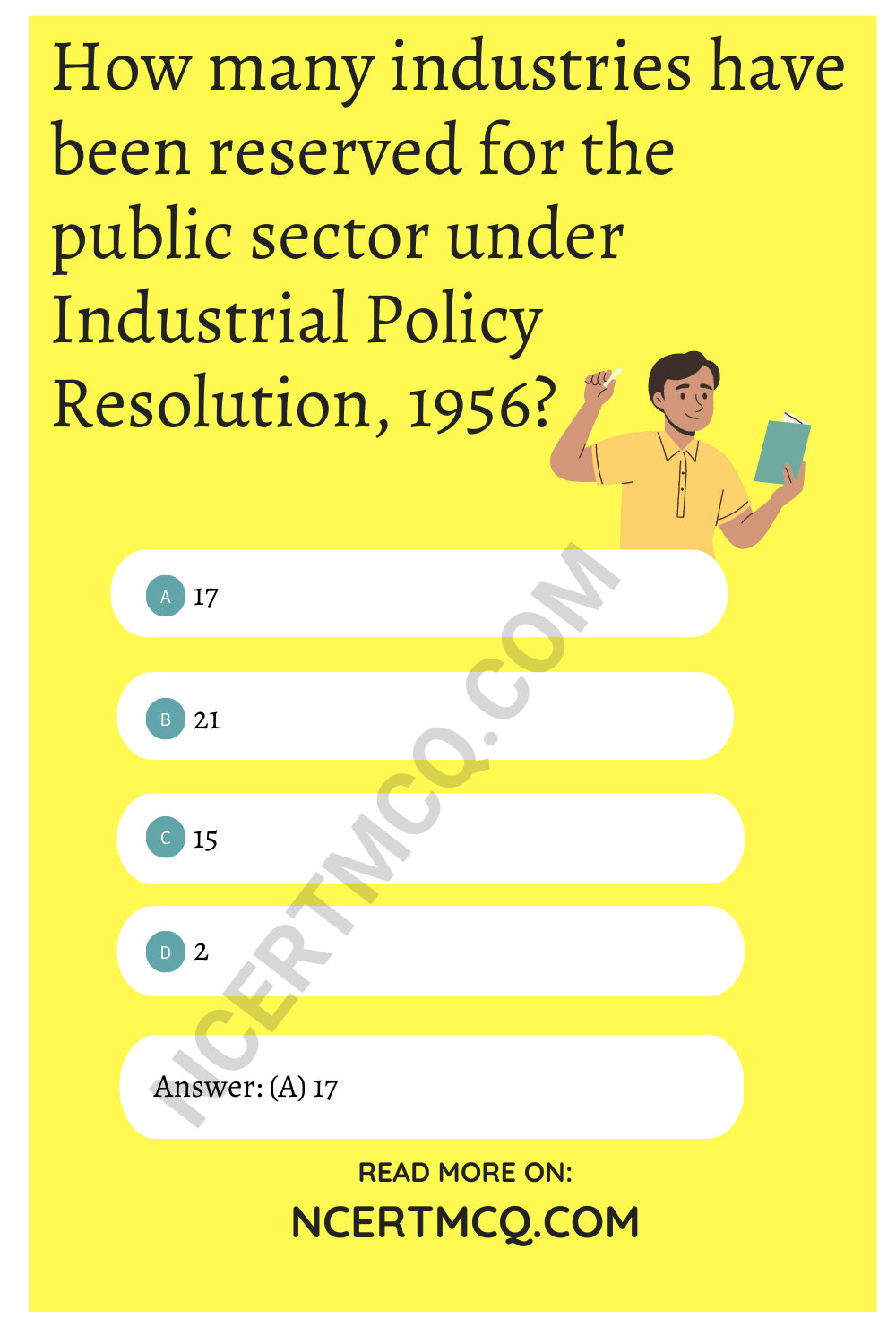

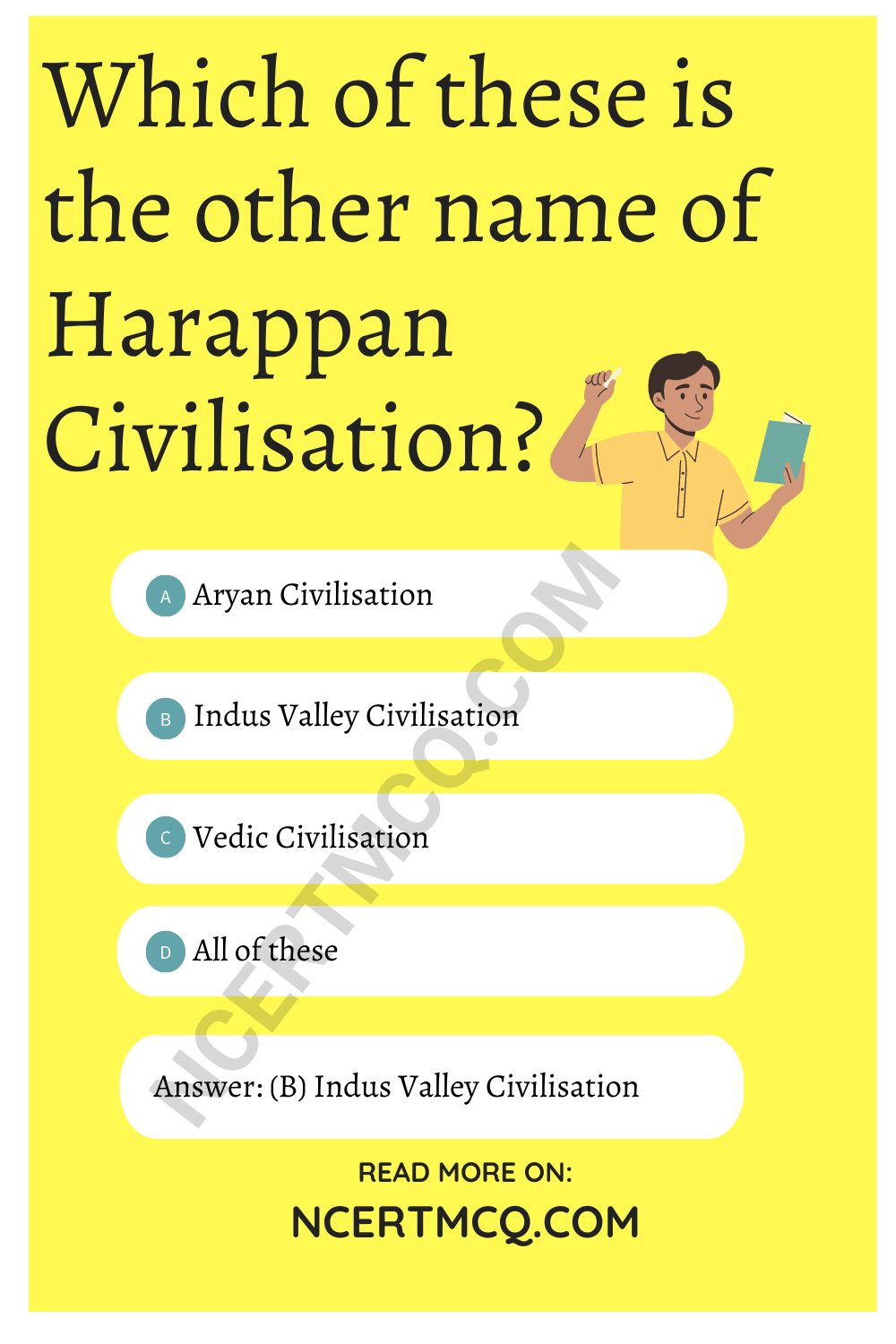
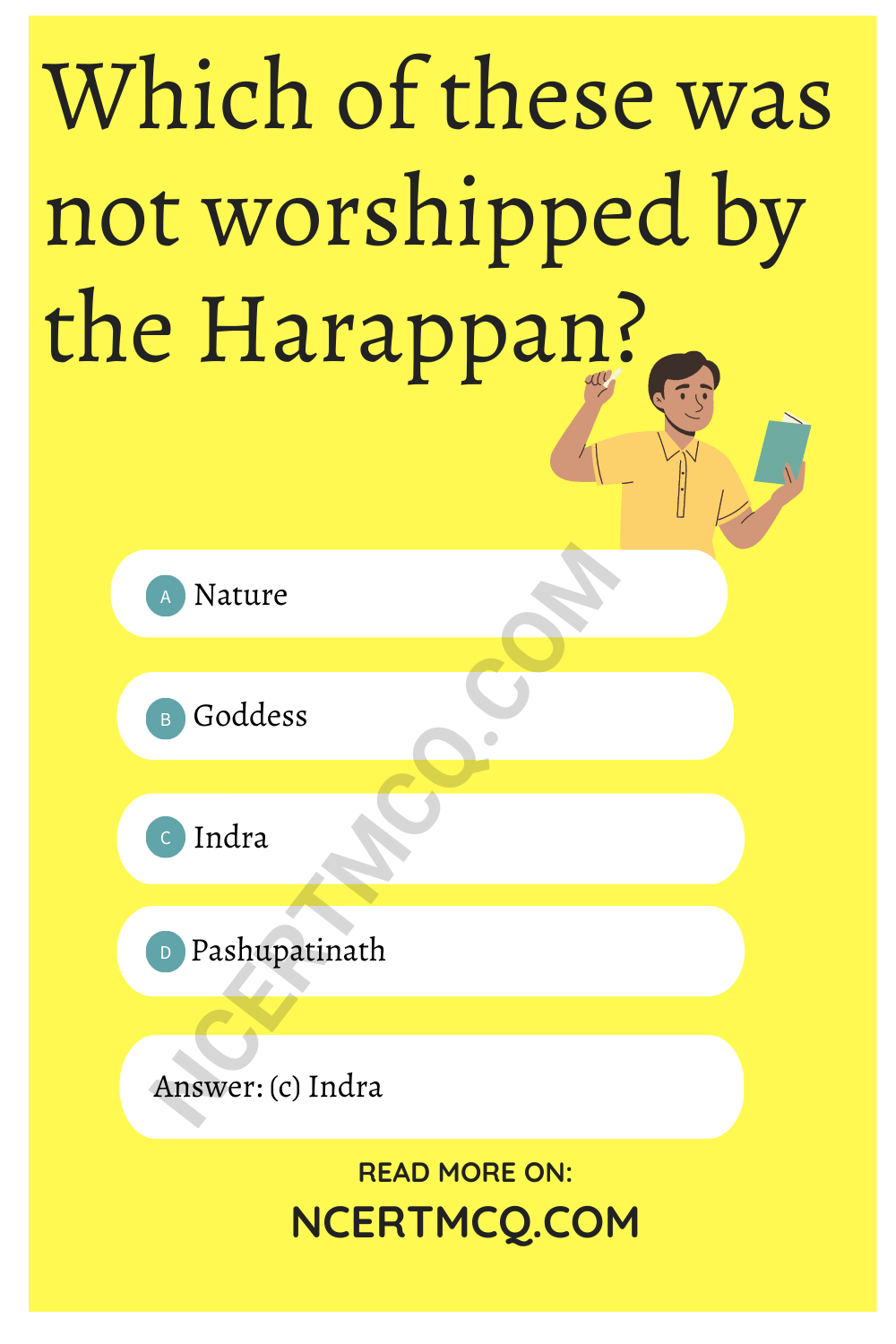
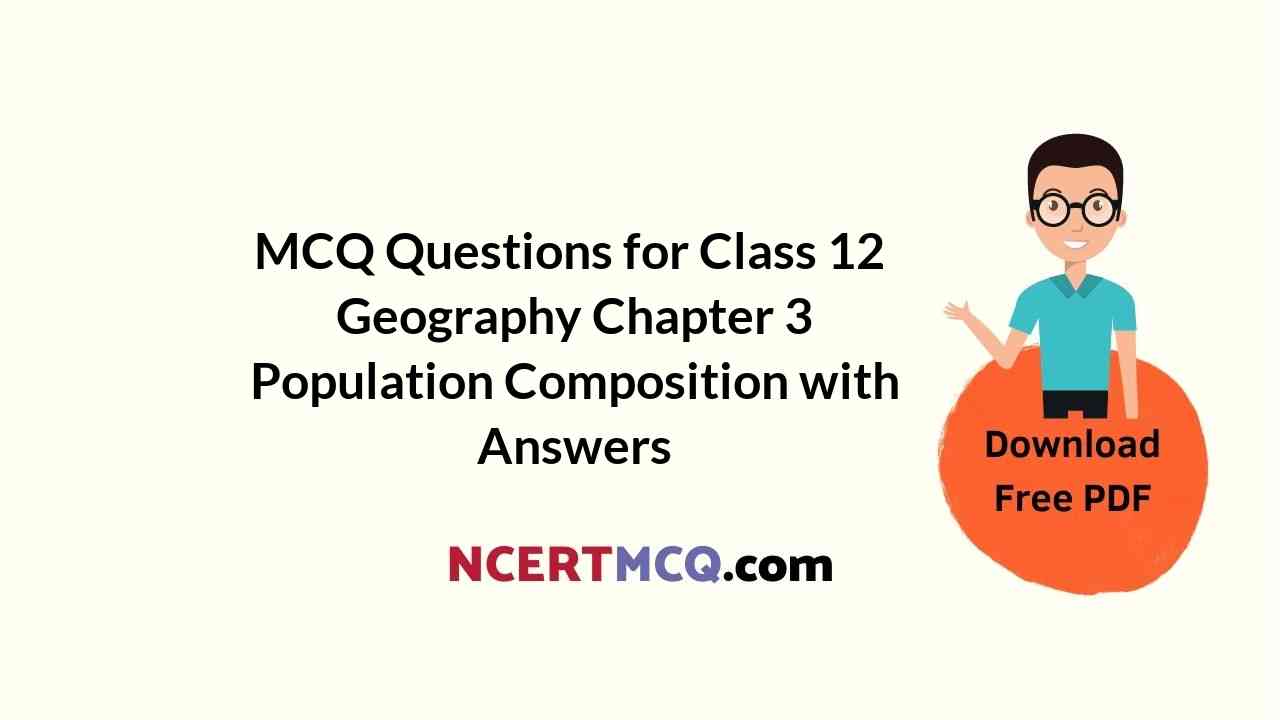
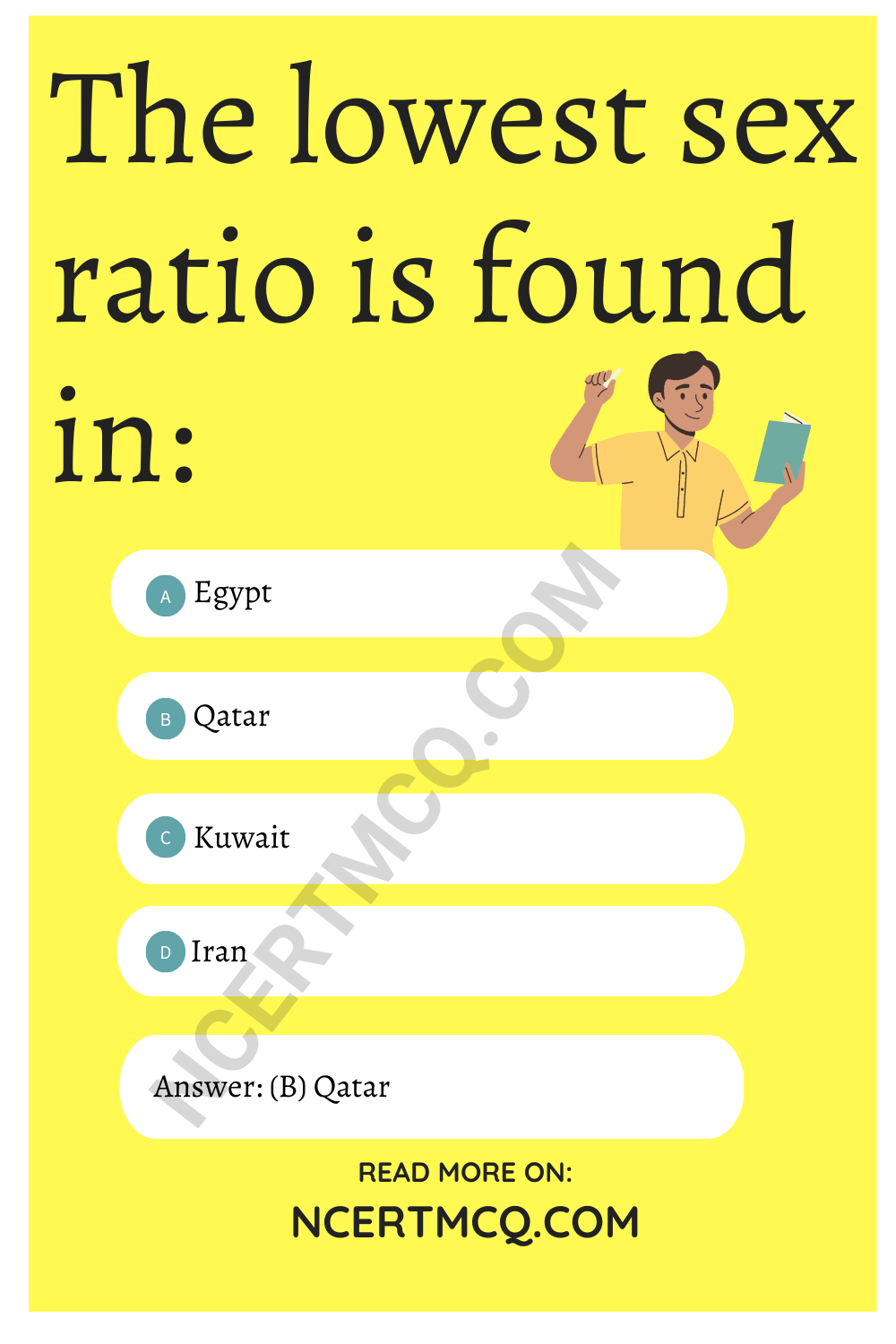
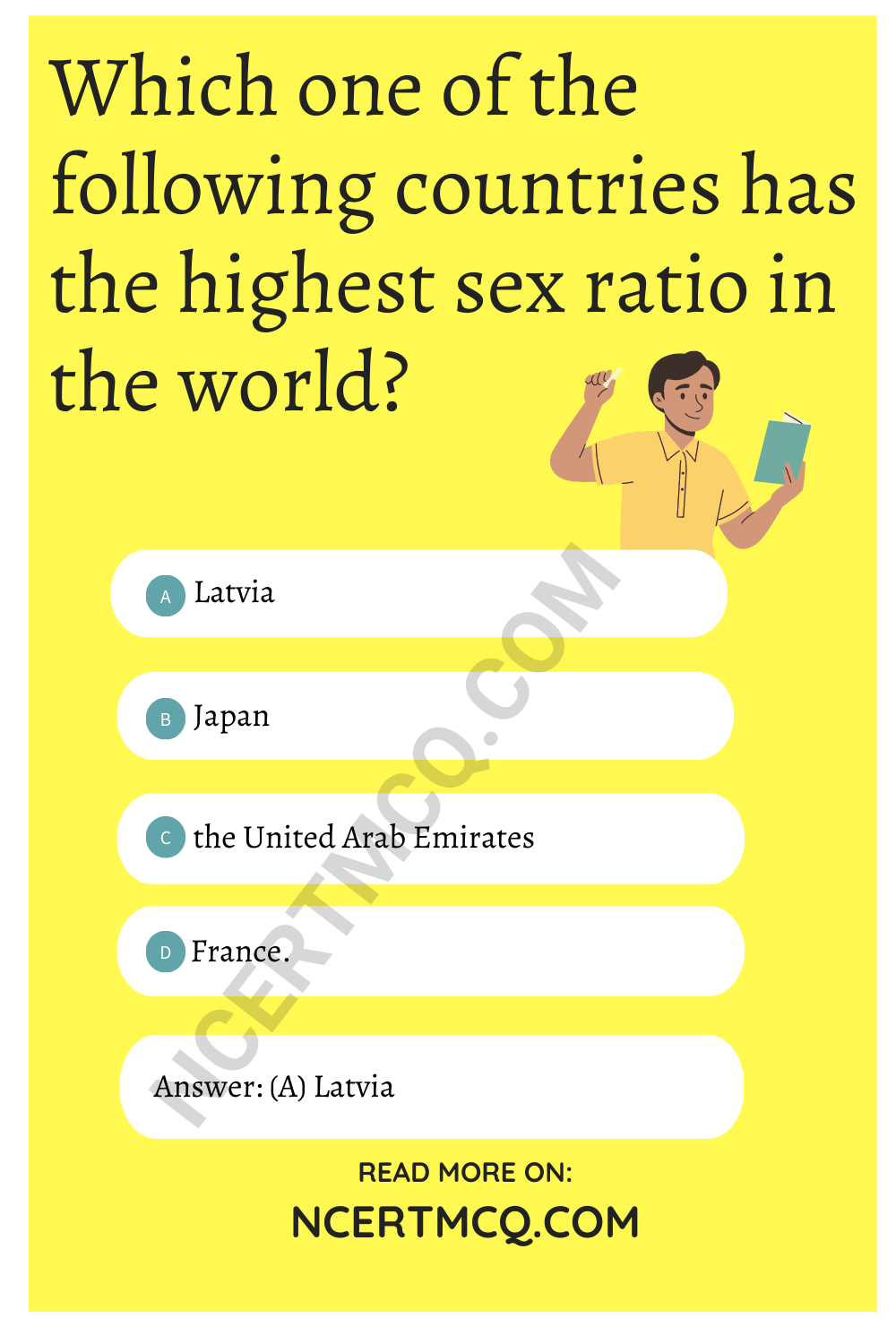
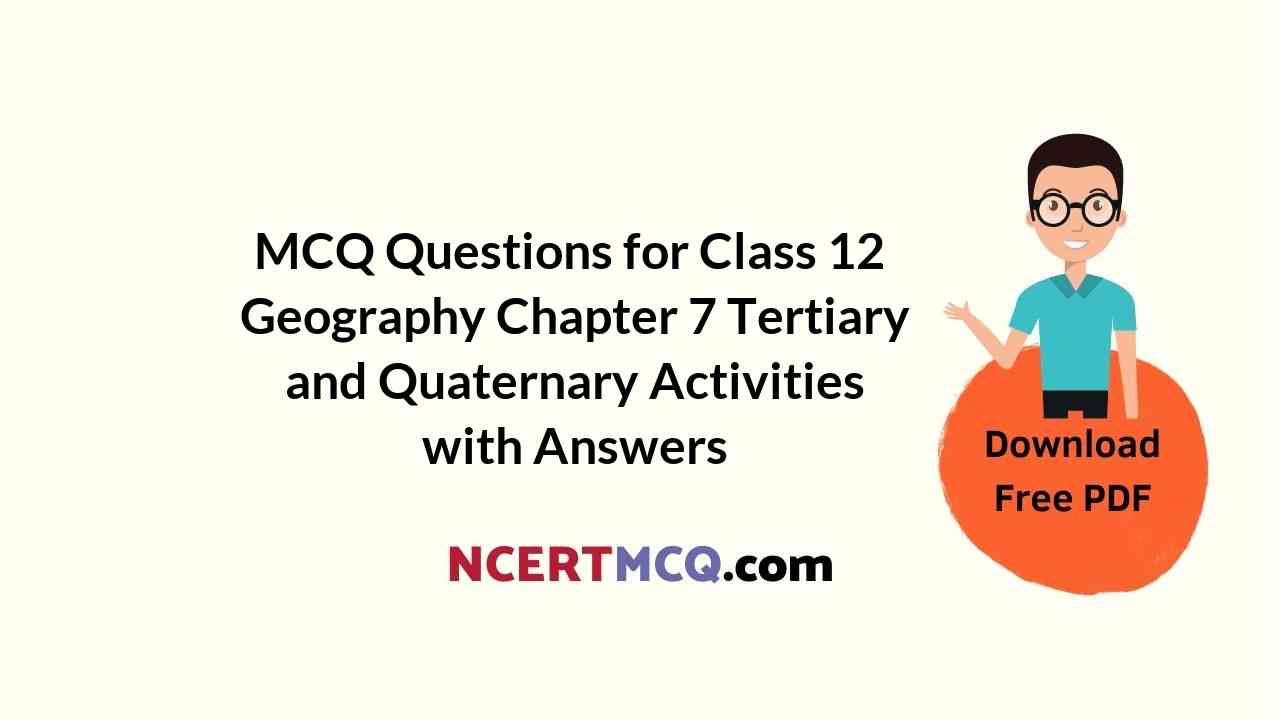
 Tertiary And Quaternary Activities MCQ Class 12 Question 5.
Tertiary And Quaternary Activities MCQ Class 12 Question 5.
